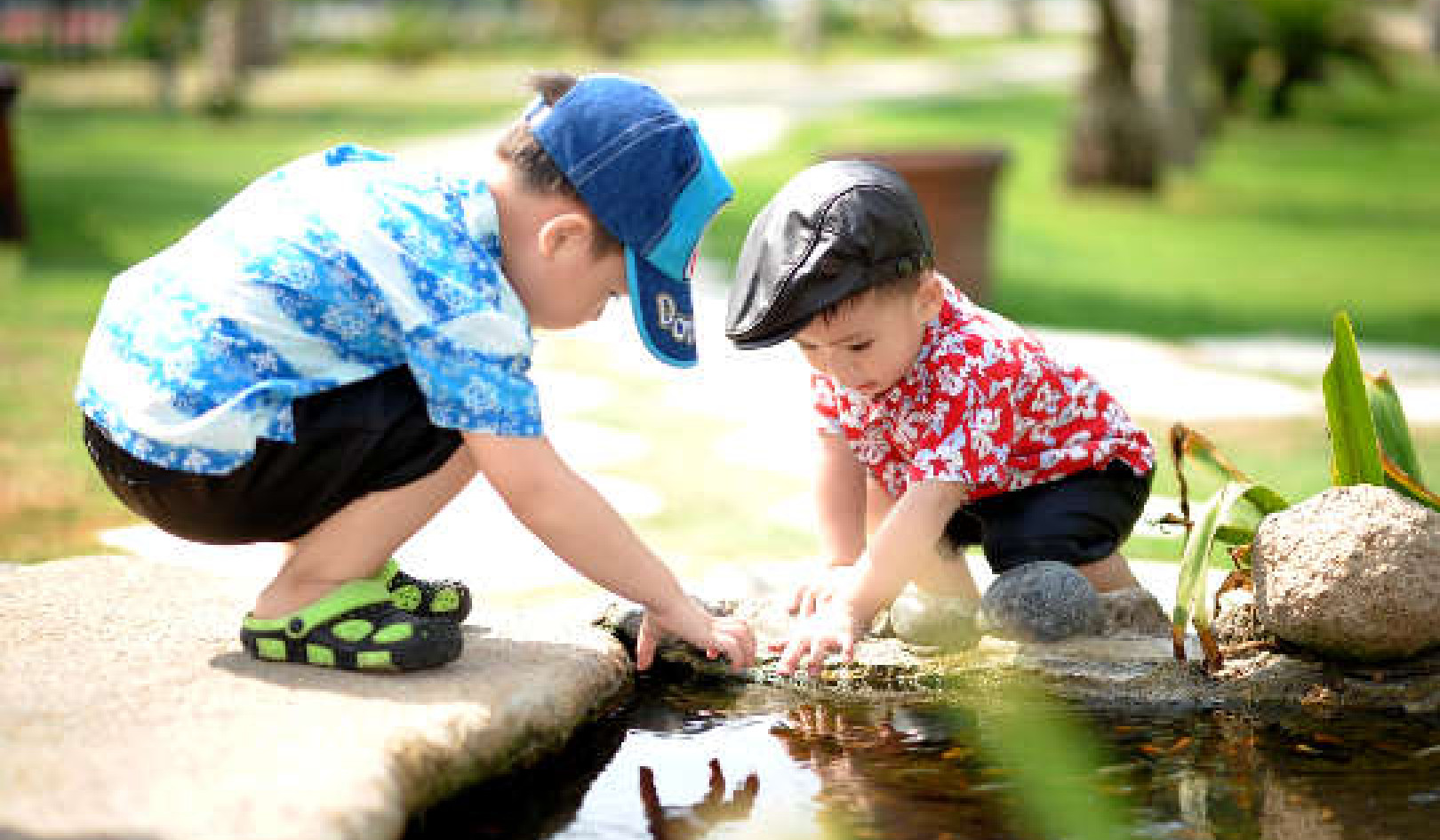
Image by (Joenomias) Menno de Jong
Senior lawmakers in Australia, powerful professors at France’s Sciences-Po college and elite schools in Britain have all recently been accused of failing to deal with rape and sexual misconduct. In the face of those issues, talk of “rape culture” (the normalisation of rape and sexual violence) has provided a hard-hitting way of calling out the powerful.
This reckoning isn’t the first, however. Looking back to the Me Too movement, slutwalks of the 2010s and longstanding efforts by feminist campaigners to highlight male violence, it feels like exposing misconduct isn’t bringing down structures of abuse and impunity fast enough.
The reasons why are numerous. The criminal justice system is widely distrusted by victims and survivors due to patterns of injustice and discrimination. Calls to educate boys and men about consent, respect for women and gender justice are vague.
In the 1970s, feminist activism revealed a catalogue of male violence that permeated everyday life for women. Organisations such as Women Against Violence Against Women and books like Susan Brownmiller’s Against Our Will (1975) turbocharged this issue. New networks of rape crisis helplines, battered women shelters and Reclaim the Streets campaigns were creative, proactive responses. What was different then, however, was the active, organised response among some men.
The anti-sexist men’s movement
For a radical minority, encouraging men to campaign against rape culture was an opportunity to listen and learn from feminists and bring change to male socialisation. The 1970s anti-sexist men’s movement was notably active in Australia, the United States, France, Britain, Denmark and the Netherlands, and had an infrastructure of magazines, conferences, men’s centres and local anti-sexist men’s groups.
Its members were passionately engaged with the problem of male violence – suffered by women, queer and non-binary people, as well as men and boys. So, what can we learn from their activism?
My research on the anti-sexist men’s movement has uncovered men who identified with feminist goals who established groups such as Men Against Violence Against Women, active in Cardiff in the 1980s. They picketed films that they felt glorified violence against women, daubed graffiti onto sexually objectifying adverts, and handed out stickers that declared “rape is violence not sex”.
In discussion groups, anti-sexist men scrutinised their own behaviour and criticised their own relationships. In Bristol, London and Nottingham, men also worked with the MOVE (Men Overcoming Violence) network. MOVE offered counselling to violent men through probation and social work referrals, challenging both sexism and homophobia.
Nonetheless, many women found it hard to see how men could be part of the solution after years of sexist socialisation. The problem of rape was often understood as so profoundly embedded in the way that gender worked in society that it was seen to structure every encounter between men and women.
Little rapes
Women’s liberation activists of the 1970s and 1980s saw male violence as all-embracing. In similar ways to today’s talk of “rape culture”, feminist theorists discussed the idea of “little rapes” – the heckling, looks and wolf whistles that women encountered in pubs and on streets, routine microaggressions of workplaces, bum pinching and comments on bodies. These behaviours were part of the constant threat posed by what anti-sexist activist John Stoltenberg termed “the rape-like values in our conduct”.
Writers and theorists Andra Medea and Kathleen Thompson defined rape in 1974 as “any sexual intimacy, whether by direct physical contact or not, that is forced on one person by another.” Within radical feminism, rape was conceptually expanded to include a wide set of interactions, which complicated things for the anti-sexist men’s movement. Though male activists continued to hand out anti-rape stickers, many of them became disheartened about progress when rape was defined so widely and seemed to include every possible sexual encounter.
A student survey in 1980 from the University of Essex showed how this played out on an intimate level. Because of these broader definitions of rape, men who thought themselves anti-sexist became detached from feminist activism, either by positioning themselves as victims, or taking such extreme precautions that they began to see interacting with women as being entirely off-limits.
One man described his struggle between objectifying women and “fancying women physically”. Another said he couldn’t stop his sexual desire for women, but had become “at least half convinced” by his female partner that it was “a form of discrimination”. Others became more laddish or even began to talk about men’s liberation and the need for men to “heal their hurts”. This shift resulted in a growing “men’s rights” movement. Increasingly centred on child custody disputes and other problems blamed on feminists, this movement is still alive today.
However, clearer models of consent training in the 2010s seemed to create positive change for men’s activism against rape. Perhaps ironically, ideas about consent had come from sado-masochist circles, a world that caused considerable feminist disquiet but supplied workable, practical models of affirmation (“yes means yes”) and enthusiastic (“ask first and ask often”) consent. These models have spilled out more recently into practical schools and community-based programmes where sexual consent is normalised. Instead of painful and all-embracing talk of rape, consent is presented as being as simple as offering and accepting a cup of tea.
Non-consensual behaviour by men and boys everywhere should be seen as a problem. But talk of rape culture is best understood as a way of getting the ball rolling; it makes for vivid headlines, but may hinder change in men and boys’ behaviour due to confusion about what constitutes healthy sexual approaches. Like the problematic use of “little rapes” in the 1970s and 1980s, some terms can lead men to totally disengage. Campaigns are better organised around clear, positive models of good sexual behaviour – that’s the conversation to start with your boys, co-workers, students and friends.
About the Author
Lucy Delap, Reader in Modern British and Gender History, Murray Edwards College, University of Cambridge

Related Books:
Come as You Are: The Surprising New Science That Will Transform Your Sex Life
by Emily Nagoski
A groundbreaking book about why sex is so important to us, and what science is revealing about how we can make our sex lives better.Click for more info or to order
She Comes First: The Thinking Man's Guide to Pleasuring a Woman
by Ian Kerner
A guide to giving and receiving better oral sex, with an emphasis on female pleasure and satisfaction.Click for more info or to order
The Joy of Sex: The Ultimate Revised Edition
by Alex Comfort
A classic guide to sexual pleasure, updated and expanded for the modern era.Click for more info or to order
The Guide to Getting It On! (The Universe's Coolest and Most Informative Book About Sex)
by Paul Joannides
An entertaining and informative guide to sex, covering everything from anatomy and technique to communication and consent.Click for more info or to order
The Erotic Mind: Unlocking the Inner Sources of Sexual Passion and Fulfillment
by Jack Morin
An exploration of the psychological and emotional aspects of sexuality, and how we can develop a healthier and more fulfilling relationship with our own desires.Click for more info or to order
This article is republished from The Conversation under a Creative Commons license. Read the original article.





















